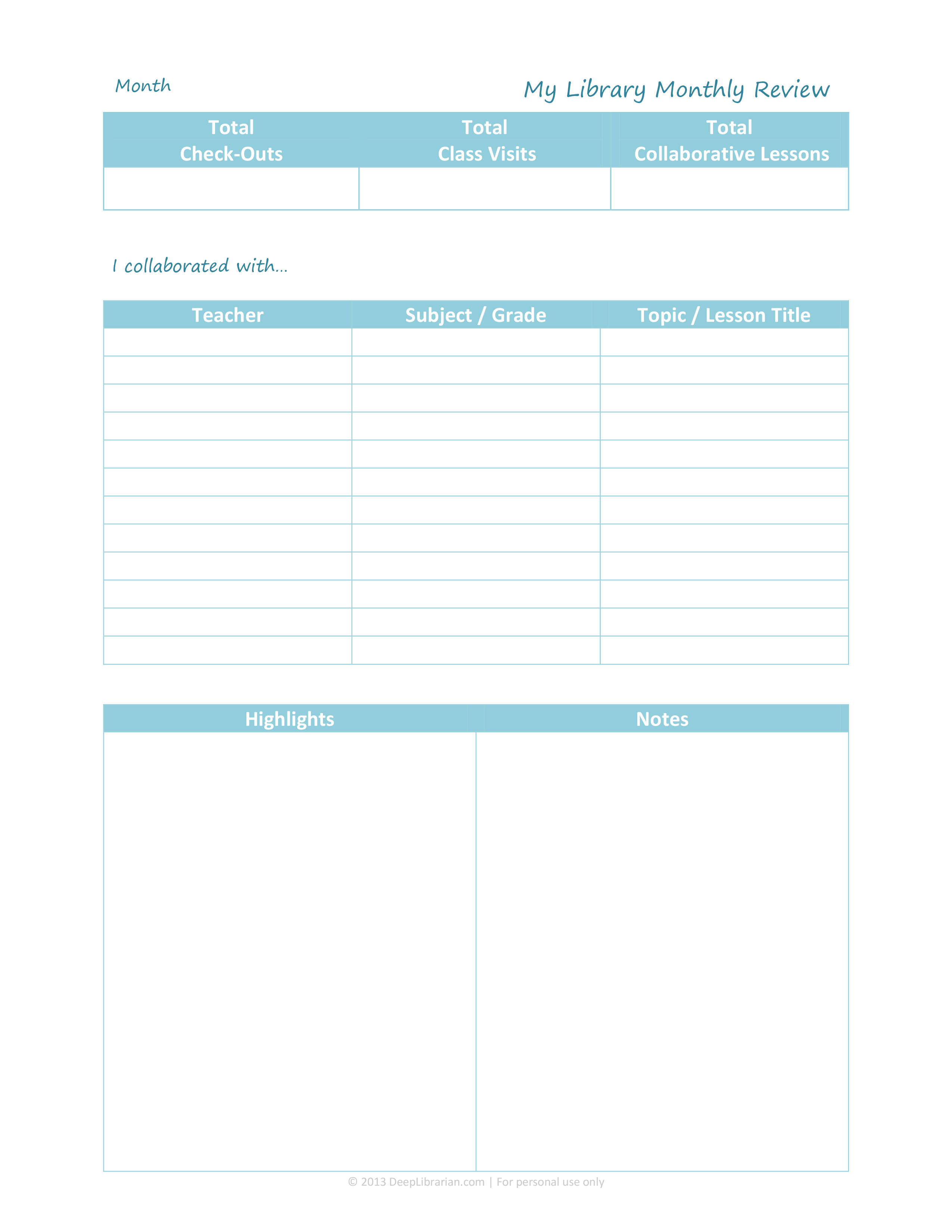
Collection development can be one of the trickiest thing a Christian school librarian does. We want to provide our students with great resources, but we also want to make sure we’re honoring our faith and our school’s values. Sometimes it’s hard to make a decision about a specific book, so I developed a rubric that may be helpful in those instances.

Click the image above to download the rubric.
The rubric guides you in looking at different selection criteria to evaluate the book as whole. Here is a breakdown of each section:
Reading & Interest Level: I was surprised when I learned early in my career that reading level and interest level are not the same. Reading level relates to the amount of reading comprehension and skill the reader needs, while interest level lets you know which age group the book is generally appropriate for. You can usually find reading and interest level information in the product description on sites like Amazon, Follett’s Titlewave, and most library book suppliers.
Awards: There are dozens of different literary awards, both Christian and secular. It’s always a good idea to see if a book has won awards and if so, what is it being praised for? (See this post for a list of Christian book awards and check out YALSA’s and ALSC’s lists, too).
Reviews: Good sources of reviews include School Library Journal, Booklist, and Amazon. If you’re looking for reviews from a parental point of view, you might consider Junior Library Guild and Common Sense Media. There are Christian review sites like Christian Library Journal, Redeemed Reader, and Faithful Reader, but I find that they usually have a smaller selection of reviews and aren’t very current.
Bibliographies: Many states have state-approved reading lists for each grade level. Check your state’s department of education for reading lists. YALSA and ALSC are also great resources for bibliographies.
Demand: Be sure to take demand into consideration. Will your students be clamoring to check out this book or will it most likely sit on your shelves?
Curriculum: This should be one of the biggest factors in your decision. Whenever I find a book that directly supports my curriculum, I will always purchase it if finances allow.
Discussion Potential: Christian school librarians are often afraid to add controversial books to our collection. But we need to be willing to take a look at the controversy. Does it really glorify and encourage sinful behavior, or could we use it to engage students in an age-appropriate conversation that points them towards Christ’s truth, love, and mercy?
You can download the rubric here or you can click on the image above.
I hope you enjoy the rubric! If you found it useful, please leave a comment below or pin this to Pinterest.







